Comparison of GMO and non-GMO corn
August 23, 2016Supercharge Your Dryland Alfalfa With Eden Solutions!
August 25, 2016
This is a brief report on the production of organically grown (not certified) blueberries on my family farm in Carlton, Minnesota:
My family planted two varieties of blueberries conducive to the cold climate of northern Minnesota. Chippewa and Superior were selected based on hardiness, disease resistance, and production. The field was planted in the summer of 2010 with 2-year-old plants from a commercial grower. The first two years there was average to low average growth on the plants. (If you want specifics on how they were planted, soil type, etc. I can furnish that individually.) One problem with the slow growth was little to no snow during one winter and below freezing temps. Although these are varieties that are suited for cold, extreme cold will still freeze off the buds. The snow cover insulates them.
In the spring of 2013, I was fortunate to come into contact with James at Eden Solutions who discussed with me the organic liquid based products he wanted me to try as a topical applicant. I applied via back-pack sprayer than a 15gal tank sprayer from my four wheelers on average every 7 to 10 days. The surfactant qualities of the liquid, aided in water uptake and availability, as well as nutrifying the plants and soil.
One of the most significant results I noticed early in the summer was the prolific flowering of the plants. Well after they were supposed to be done flowering, the plants continued to produce flowers. As an added note, I do have (2), 3-hive stacks of Italian bees adjacent to the field.
Another noticeable difference was the vibrant color of the plants. They really looked healthy. Vertical growth was not as much as the previous summer, but there was very little fruit the previous summer for the plants to support due to the above mentioned harsh preceding winter.
One issue I have been contending with the past couple of years has been the cycling of the Northern Forest Tent Caterpillar. These pests recur every 7-9 years and increase in number to a peak exponentially over about three years until they recede for another 7-9 years. 2012-2013 I believe, and hope was the peak. James advised me on the Blue Gold™ product as a deterrent.
Upon initial application, the caterpillars slowed down but did not die. I increased the concentration by half and tested it on a few subjects. There was an immediate reaction to the spray. The caterpillars rolled over and died within 90 seconds. I initially spot sprayed any plants that had any caterpillars on them then sprayed all the perimeter rows to inhibit the migration into the field. I then applied to all plants as James told me it would change the pH of the plant to where the pest would not consume any foliage. This was confirmed as about two weeks after the fight there were virtually no caterpillars on any leaves. A few were observed on the stems but not the leaves. A DNR rep stopped by to place a Gypsy Moth trap on my property, and I showed her the reaction and result of the spray. She was astonished as the DNR’s approach is to aerial spray a pheromone to inhibit mating of the moths. Another note: Blueberry harvest for these varieties in this region is usually from about the 3rd week of July to the end of August.
Another note: Blueberry harvest for these varieties in this region is usually from about the 3rd week of July to the end of August. This year we were picking the last of the blueberries on September 24th. No other growers in the region still had berries this late.
Overall, I am amazed at the production results. I harvested 875lbs of berries from 1,000 plants that are 1/8th of the estimated maturity.
-Cid, from Cid's Blueberry Farm



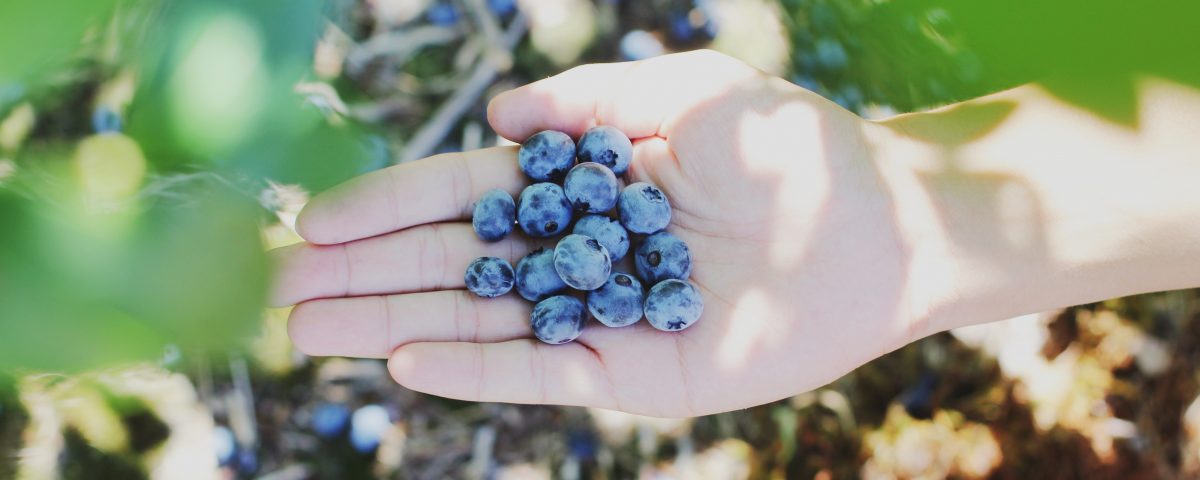
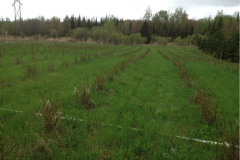
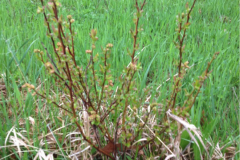
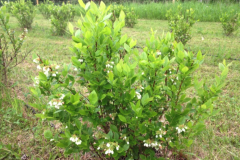
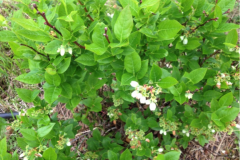

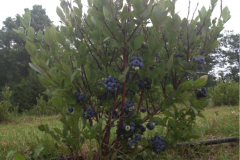
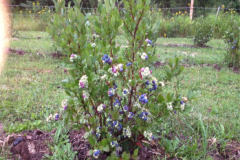
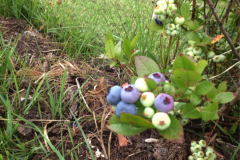


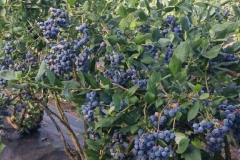
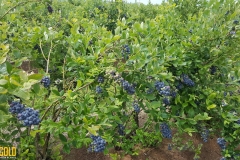
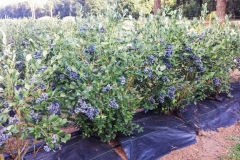



2 Comments
I am starting a blueberry patch near carlton mn and I would like to know what was recommended for the bluberry farmer to use as a topical agent.
Hi Britt,
Thank you for reaching out. Sorry, we are just now seeing this comment! I just spoke to James and he said you spoke to him. Thank you for contacting us!
-Kalynn